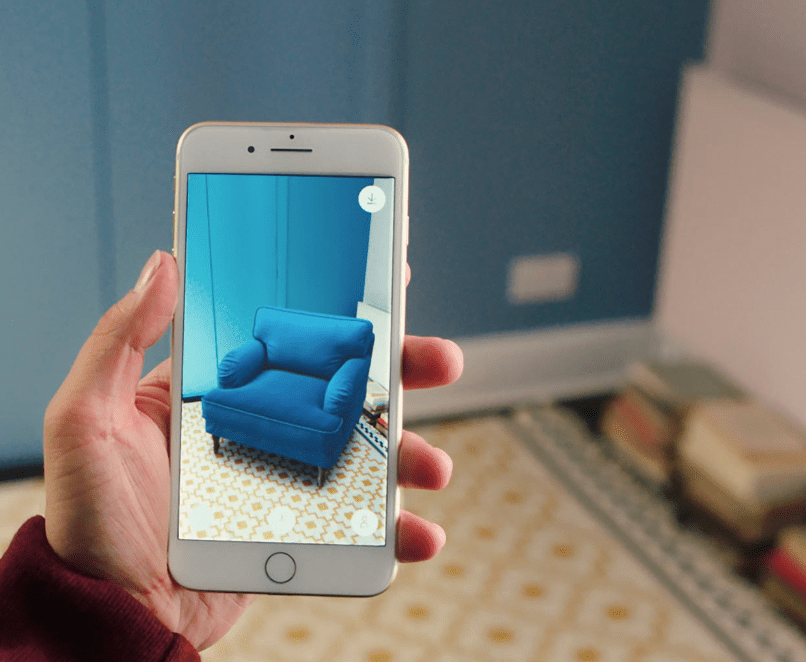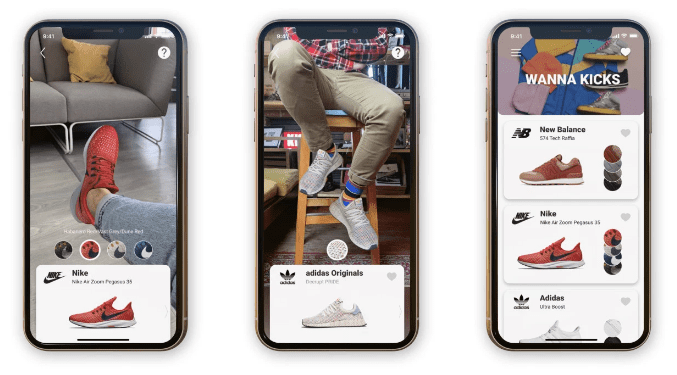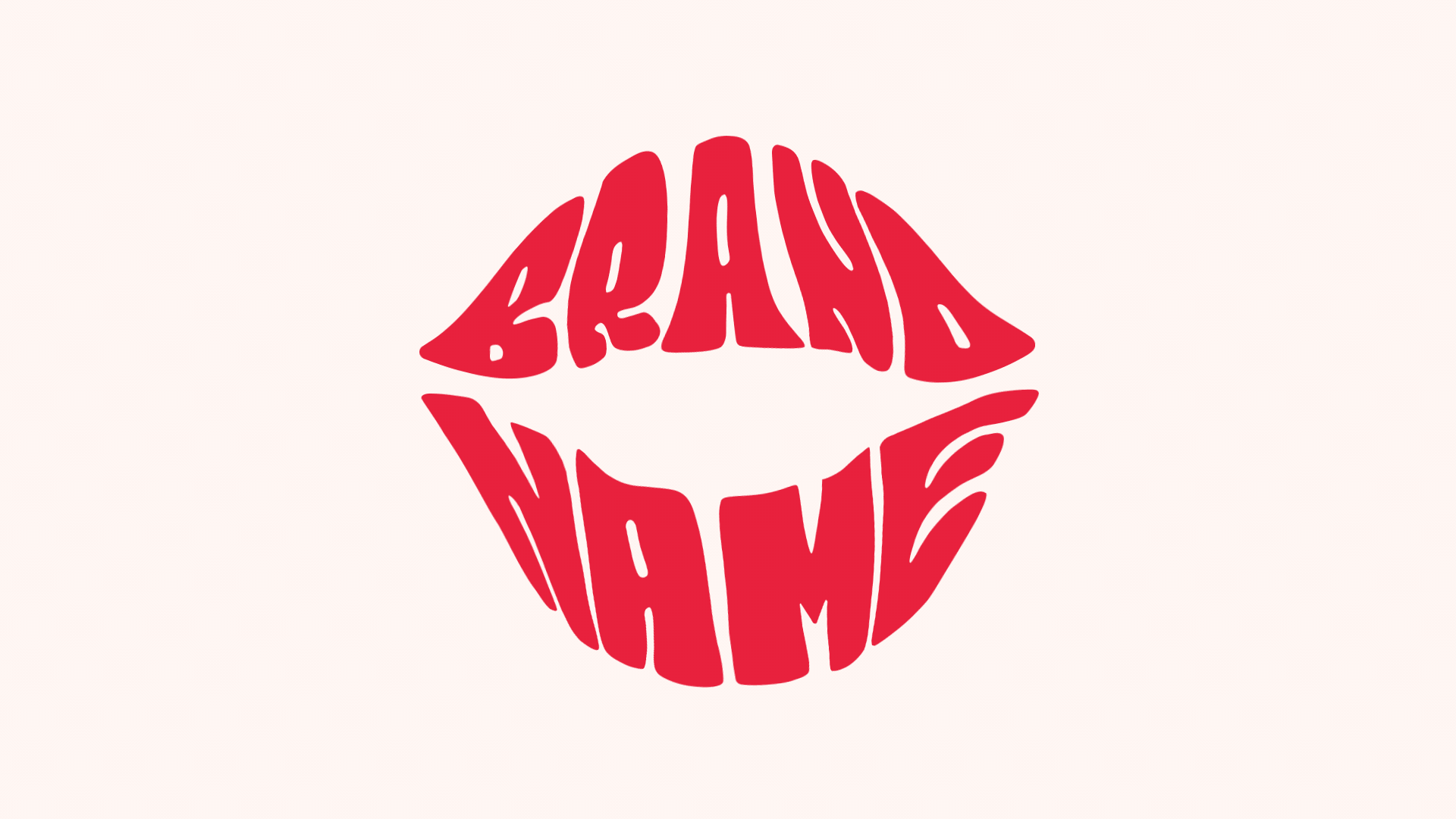With access to tools and technologies that continue to make our lives easier and easier, we’re a lucky lot, us millennials (or is it gen Z now?). But, that’s not the best of it.
Thanks to a steady rise in the number of ambitious and disruptive entrepreneurs, radical new technologies are emerging at uncontrollably rapid rates. As such, the technological landscape will look wildly different in the coming years than it does today, especially in the realm of online shopping… at least that’s what a recent report from marketing powerhouse Econsultancy suggests.
Let’s take a look at the most promising of those technologies and how they’ll affect businesses in the future.
Messenger app payments
At this year’s F8 Conference, Facebook announced they’d be implementing in-app payments for both Facebook messenger and WhatsApp.
An ever-increasing number of brands are communicating with customers through these apps, so the update presents a prime opportunity to push sales and enhance customer service.
From a sales perspective, it also allows brands to handle payments and send unique offers to customers. Avoiding extra steps – such as linking out to a separate app or website – to complete a purchase could significantly reduce drop-offs. This will also be valuable as a way of giving a soft-nudge to those still in the consideration phase of the sales funnel, as the right offer at the right time might be all it takes to win them over.
As for customer service, it allows brands to instantly handle refunds for unsatisfied customers, which will help offset any reputational damage they might incur when a consumer is frustratedly waiting to be refunded.
The shift could also benefit marketers, as Facebook will have access to buyer behaviour data – and it’s likely that they’ll want to monetise this by selling it to marketers at a premium.
Instant delivery apps

(Source: LinkedIn)
As consumers, we now have higher expectations from brands than ever before. Topping that list is that we no longer want to wait. For anything. And this explains the rise of apps like South America’s Rappi and Beelivery in the UK – two apps that will deliver almost any grocery items you want in as little as a half an hour.
The apps – which follow a similar premise to Uber – locate drivers in your area who will then go to the shop, grab what you asked for and deliver it to your door.
Ran out of bread and milk? Log in to Beelivery and have it within an hour. Two glasses deep into a bottle of Pinot Noir? Beelivery will have a fresh bottle on the way while you’re finishing off your third. For small and large businesses – especially in the retail sector – experimenting with these apps could present a profitable opportunity to reach wider demographics.
But it’s also worth paying attention even if you’re not in grocery retail. As – if these apps do take off – consumers will probably demand this sort of delivery speed for all of their purchases in the future.
AR catalogs

(Source: IKEA)
Brands like IKEA and ASOS are already experimenting with AR marketing tools that offer consumers a more immersive digital shopping experience. The IKEA app, for instance, uses AR technology to let you digitally place items in your home and see how they’ll look. The ASOS AR Catwalk depicts a live model – in your bedroom, hallway, lounge or any other open-space – modelling the clothes you’re interested in.
But this is just the beginning of AR’s power: Nike is set to release an app that uses the power of AR to measure a user’s foot size perfectly. Their long-term plan is to then use this technology to customize “the perfectly fitted shoe” for their customers.
Most interesting, however, is that Amazon have been experimenting with 3-D body scanning that accurately measures body size to help users find the “perfect fit”. It’s likely that this software will also be fused with AR technology and allow users to try on clothes virtually, which should help quash one of the biggest objections to online clothes shopping: “what if it doesn’t fit?”
To get a feel for how realistic that software could be, it’s worth downloading Wanna Kicks – a quirky app that allows you to virtually model different types of shoe.

(Source: TechCrunch)
While these software advancements are likely to be out of reach for small businesses who are limited by cost, that doesn’t mean AR itself is off limits. Shopify, for example, now offers users 3-D Warehouse – an AR-powered online shop extension that works like the IKEA app.
Though AR technology is by no means an essential customer expectation, adopting the technology early will definitely help brands differentiate themselves in a crowded online marketplace.
Wrap up
Considering the vast budgets available to big brands for experimentation with new technologies, it probably seems frightening for those without the cash to compete. Even more so considering the record number of closures for independent stores and small businesses alike.
Here at Elastic, we’re big believers in future-proofing your business. Making the bold moves to embrace new technologies and continuously improve your customer offering is a sure-fire way to remain relevant in today’s crowded digital marketing space. But consumers aren’t entirely motivated by ease-of-use and innovative tech. And there’s always a gap in the market for brands that consistently deliver exceptional, personalised and altogether human customer experiences. But if you can do that with the latest tech, even better. Ready to take your business to the next level? Contact us today!




